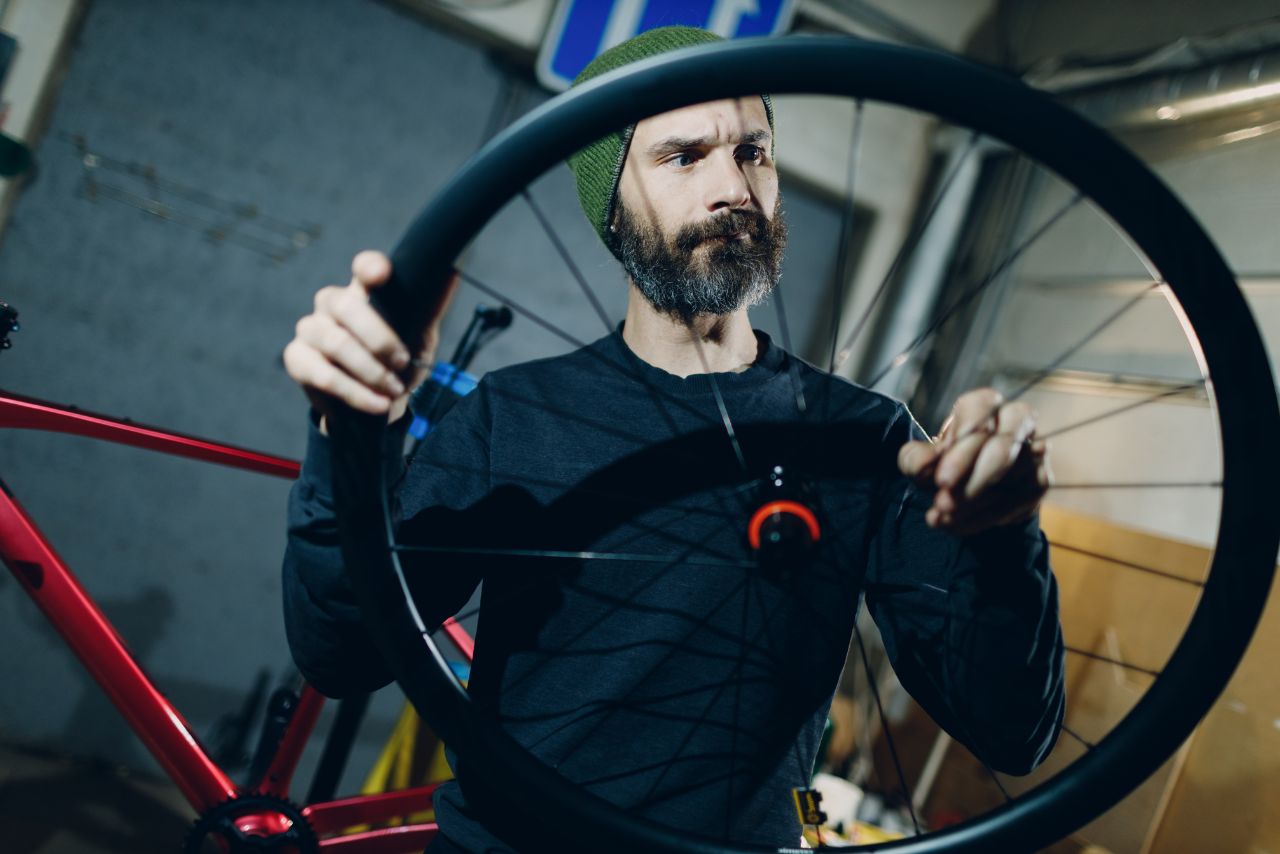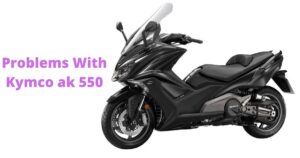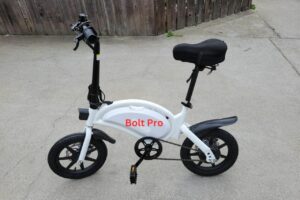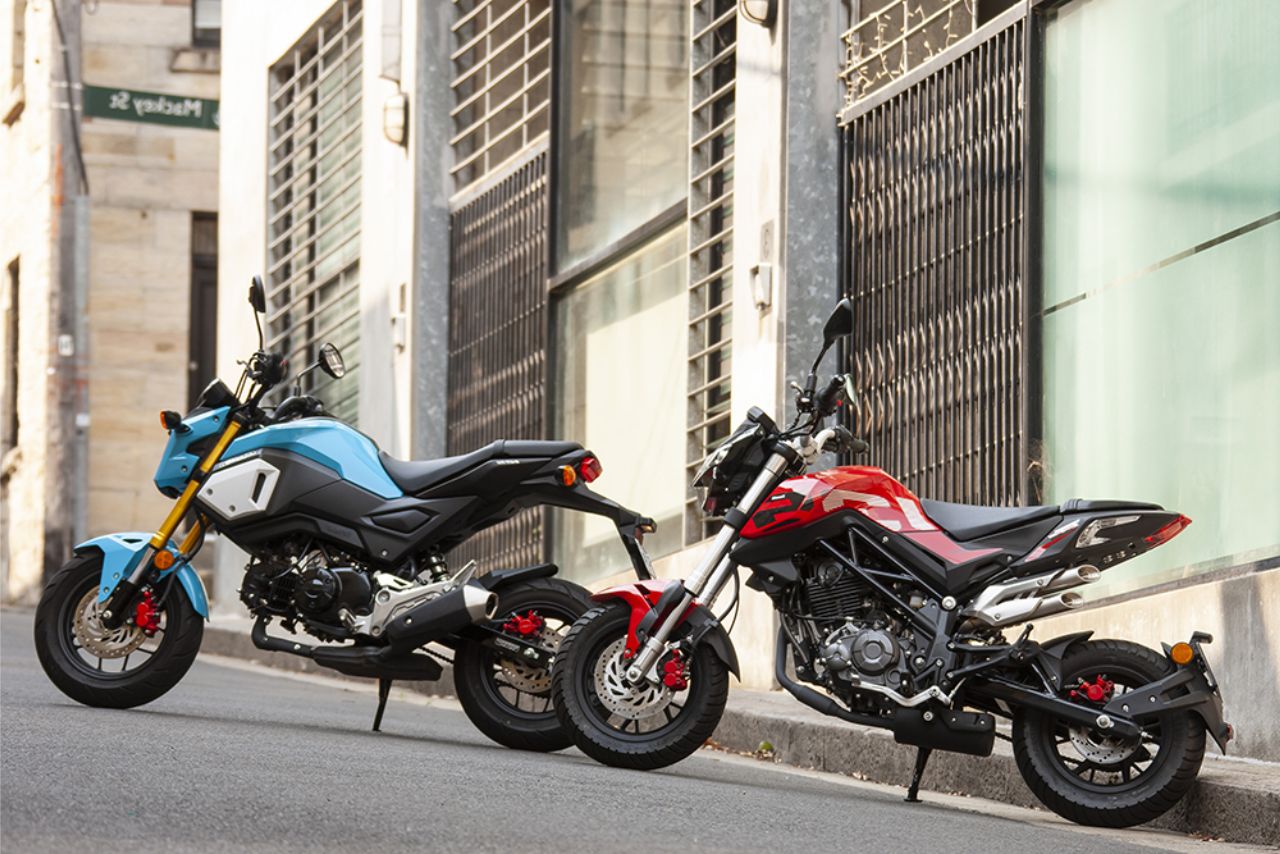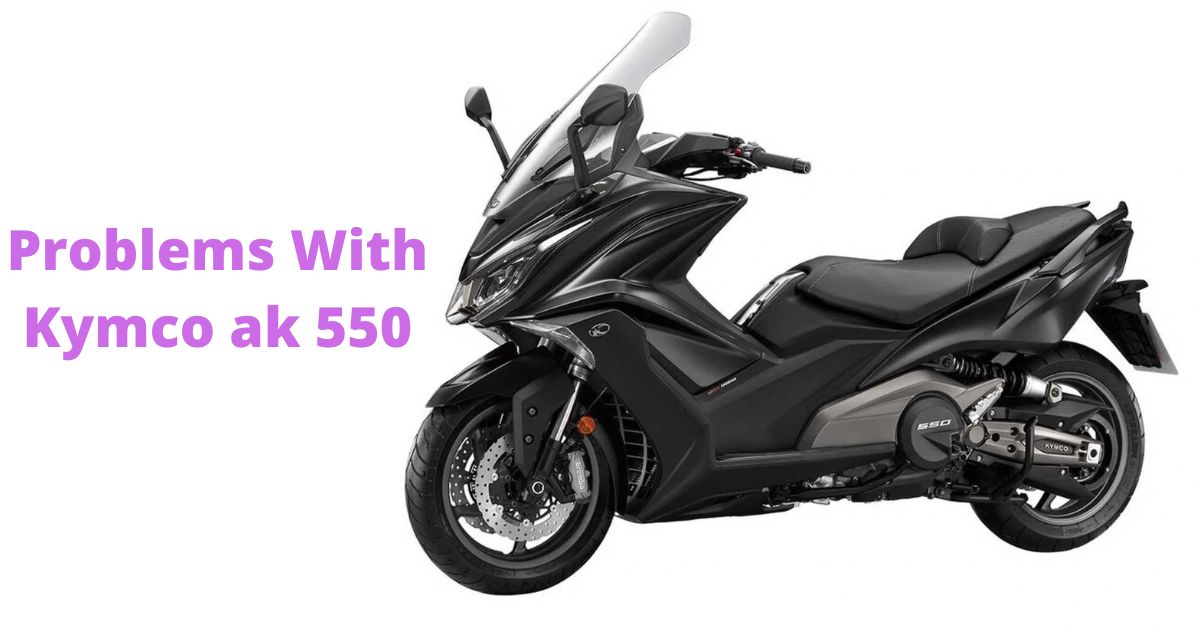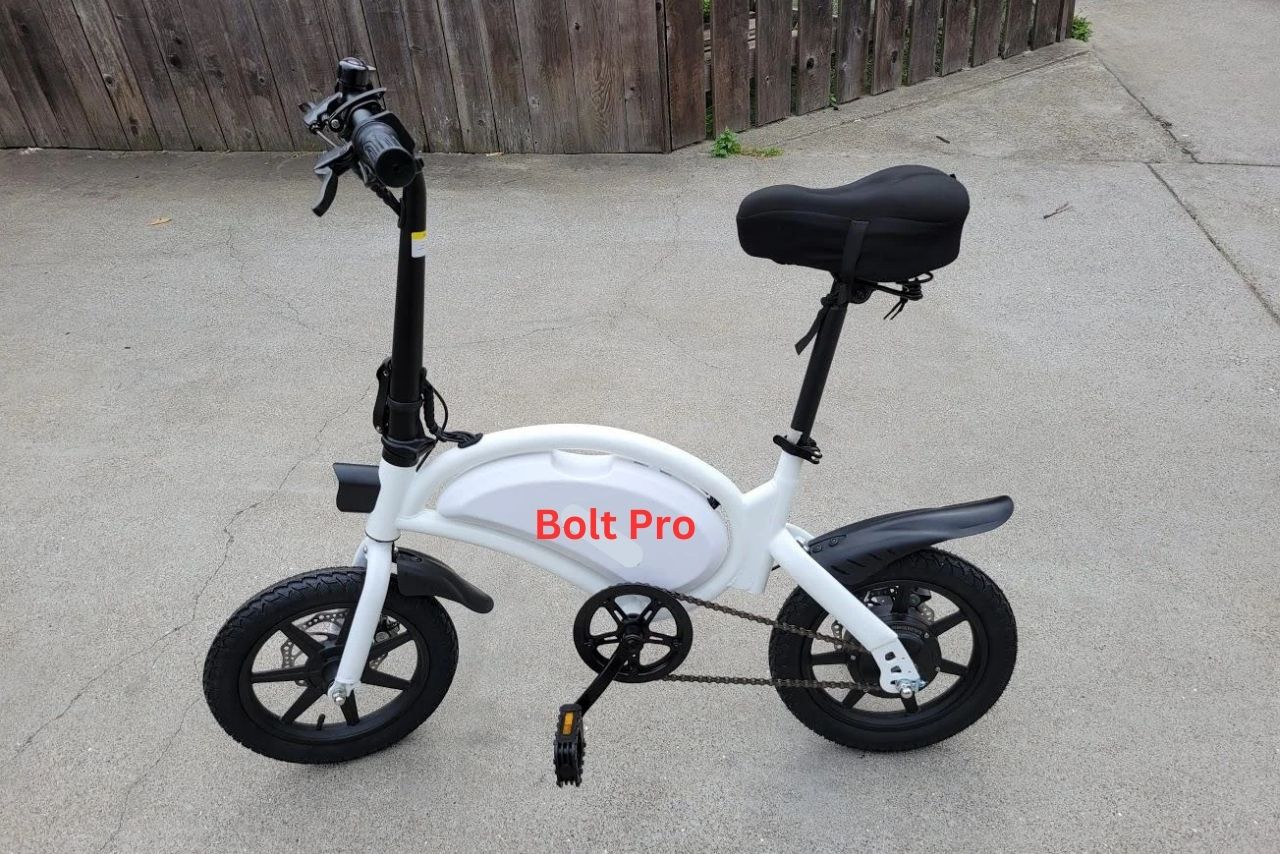Do tubeless tires need air? This is a common question among bike owners and enthusiasts who are considering switching to tubeless tires. The short answer is yes, tubeless tires do require air, just like traditional tires.
However, there are some key differences between the two that make tubeless tires more efficient and reliable on the road.
Unlike traditional tires that rely on an inner tube filled with air to maintain their shape and support the vehicle’s weight, tubeless tires have an airtight seal between the tire and rim.
In this article we will review the tubeless tires, their advantages and differences from traditional tires!
Table of contents
Do Tubeless Tires Need Air?

Yes, tubeless tires need air. The air pressure inside the tire helps to keep the tire bead seated on the rim and prevents air from leaking out. Tubeless tires also use a liquid sealant to help seal any small punctures that may occur.
Without air, tubeless tires will not be able to hold their shape and will not be able to provide any support or cushioning to the rider. They will also be more likely to leak air.
The amount of air pressure that a tubeless tire needs will vary depending on the size of the tire, the type of riding, and the rider’s weight. However, most tubeless tires should be inflated to between 30 and 60 psi.
It is important to check the air pressure in your tubeless tires regularly and to add air as needed. You should also check the liquid sealant level and add more sealant as needed.
Here are some of the benefits of using tubeless tires:
How Do Tubeless Tires Work?

Tubeless tires have gained popularity in recent years due to their numerous advantages over traditional tube-type tires. Here’s a breakdown of how tubeless tires work:
By eliminating inner tubes and utilizing special technologies like sealants and tight-fitting beads, tubeless tires offer improved performance, reduced risk of flats, and the ability to run lower tire pressures for a more comfortable ride.
Tubeless Tyre Air Filling:

To fill air in a tubeless tire, first clean the rim and tire bead with a clean cloth. Then, remove the valve core from the valve stem.
Use a floor pump, air compressor, or CO2 inflator to add air to the tire, starting with a low pressure of about 20 psi and increasing the pressure until the tire is seated against the rim.
You will hear a loud popping sound when the tire is seated. Once the tire is seated, add the recommended amount of air pressure to the tire.
The recommended air pressure is usually listed on the sidewall of the tire. Finally, reinstall the valve core.
Here are some additional tips for filling air in a tubeless tire:
You can use either normal air or nitrogen gas to fill a tubeless tire. Nitrogen gas is less likely to escape from the tire than normal air, so it can help to keep the tire pressure more stable. However, normal air is perfectly fine to use.
Tubeless Tyre Air Pressure:

The ideal air pressure for a tubeless tire depends on a number of factors, including the rider’s weight, the type of riding, and the width of the tire.
However, as a general rule of thumb, tubeless tires can be inflated to a lower pressure than clincher tires without sacrificing performance.
For road bikes, a good starting point is to inflate the tires to 10-15 psi lower than the recommended pressure for clincher tires. For example, if the recommended pressure for a clincher tire is 90 psi, then the recommended pressure for a tubeless tire would be 75-85 psi.
For mountain bikes, you can inflate the tires to a lower pressure, such as 20-30 psi. However, it is important to experiment with different pressures to find what works best for you and your riding style.
Advantages of Tubeless Tires:
Tubeless tires offer several benefits compared to traditional tube-type tires. Here are some advantages of using tubeless tires:
Tubeless tires provide various advantages including reduced risk of flats, better ride quality, improved safety, sealant technology for automatic repairs, lower rolling resistance, lighter weight and the ability to run at lower pressures.
How Often Do Tubeless Tires Need Air?
Tubeless tires can lose air over time, but the frequency of air loss depends on a number of factors, including the quality of the tire, the type of sealant used, and the riding conditions.
In general, tubeless tires need to be topped up with air every few weeks. However, if you are experiencing a lot of air loss, you may need to check the tire pressure more frequently.
Here are some things that can cause tubeless tires to lose air:
Maintaining Proper Air Pressure in Tubeless Tires:

Proper air pressure is essential for the performance and longevity of tubeless tires. Here are some important points to consider when it comes to maintaining the right air pressure:
Tips for Installing and Removing Tubeless Tires:
When it comes to installing and removing tubeless tires, following some essential tips can make the process smoother. Here are a few recommendations to help you with this task:
Watch Video: Do Tubeless Tires Need Air?
Conclusion: Do Tubeless Tires Need Air?
Tubeless tires do require air to function properly. Unlike traditional tires that rely on inner tubes to hold the air, tubeless tires have a unique design that eliminates the need for an inner tube.
Instead, they feature an airtight seal between the tire and the rim, allowing them to be inflated directly.
By eliminating the inner tube, tubeless tires offer several advantages such as reduced rolling resistance and improved puncture resistance. They also allow for lower tire pressure without sacrificing performance or safety.
However, it’s important to note that even though there is no separate inner tube in tubeless tires, they still require air pressure to maintain their shape and provide stability while riding.
FAQs
How Do Tubeless Tires Hold Air?
Tubeless tires have a special design that allows them to hold air without the use of an inner tube.
The tire is sealed against the rim using a bead lock system, which creates an airtight seal.
This seal keeps the air inside the tire and prevents it from escaping.
Can Tubeless Tires Lose Air?
While tubeless tires are designed to hold air more effectively than tube-type tires, they can still lose air over time.
There are several factors that can cause air loss, such as punctures, valve leaks, or damage to the tire or rim.
Proper maintenance and regular checking of tire pressure are essential to prevent air loss.
How Often Should I Check the Air Pressure in My Tubeless Tires?
It is recommended to check the air pressure in tubeless tires at least once a month.
This ensures that the tires are properly inflated and minimizes the risk of accidents or damage to the tires.
Additionally, checking the air pressure before long trips or after any significant changes in weather conditions is advisable.
How Do I Know if My Tubeless Tire Is Losing Air?
If your tubeless tire is losing air, you may notice a gradual decrease in tire pressure over time.
The tire may feel softer or flatter than usual, or you may need to add air more frequently.
Additionally, if you notice any visible damage to the tire or rim, it is possible that air is escaping.
Can I Use a Regular Air Pump to Inflate Tubeless Tires?
Yes, you can use a regular air pump with a tubeless tire.
However, it is recommended to use a high-quality pump with a pressure gauge to ensure accurate inflation.
Are Tubeless Tires More Prone to Punctures?
Tubeless tires are generally more resistant to punctures compared to tube-type tires.
This is because they do not have an inner tube, which is often the source of punctures in traditional tires.
However, tubeless tires can still get punctured, especially if they encounter sharp objects or rough terrain.
Can I Repair a Puncture in A Tubeless Tire?
Yes, punctures in tubeless tires can be repaired. There are specific tire repair kits available that include plugs and adhesive to seal the puncture.
However, it is important to note that not all punctures can be repaired, especially if they are too large or in certain areas of the tire.
Latest Posts:
- Benelli TNT 135 vs Grom! (A Proper Review!)
- What Problems Does The Kymco Ak 550 Have? Find Solution!
- Jetson Bolt Pro Troubleshooting! (The Ultimate Guide!)
- Top 10 Best Electric Scooters For Kids (Tried And Tested!)
- 10 Best 150cc Bike For Beginners: (Tried And Tested!)
- What Does 16 Mean To The Pagans? (The Surprising Truth!)

